“87% of employees said it was more likely that they would quit than be fired,” reports Blessing White in their article, Employee Career Expectations for 2015. Any employer who thinks their people are still held back by the economy should think again.
The Blessing White research shows that not only is confidence rising among employees, so is a telling dissatisfaction with the opportunities that exist for career development. Nearly half of respondents don’t believe that their development matters to their company and just over half feel that they have career opportunities within the company.
Combine these trends with 5.8% overall unemployment rate – 3.2% unemployment rate among college graduates – and organizations can expect that more employees will find opportunity elsewhere.
According to the Incentive Research Foundation (IRF), 10,000 Baby Boomers per day will retire every day for the next 20 years. There simply aren’t enough workers in the next generation to replace them. The IRF reports, “In other words, the talent pool is set to shrink by some 40%. The next wave of workers is not enough to fill vacancies in a stagnant economy, let alone help companies to grow aggressively when markets start to heat up again.”
So, what can be done to keep your best employees and to convert the good ones to great ones?
It’s all in the opportunities. In their paper, Navigating Ambiguity: Career Research Report 2014, Blessing White states, “Providing career resources is not an employee perk. It is a deliberate strategy to guide individual aspirations and personal skill-building in a direction that is most beneficial to the enterprise.” These career resources also connect directly to the employee’s individual drives and aspirations. Blessing White suggests, “Build alignment between the future talent needs of the organization and the ambitions of individuals.”
This same philosophy holds true for recognition and incentive programs, which along with development are pillars of employee engagement. In order to ignite true engagement with the organization and its goals, recognition and incentives also build that alignment between business needs and personal aspirations.
It is critical to create a clear path for success, communicate it effectively, and reinforce the actions with recognition, rewards, and opportunity.
Recognition program should create the foundation. What are the organizational values? How does the work that employees do every day support those values? Acknowledging right actions on a constant basis helps employees know they are on the right track and that their efforts are understood and appreciated. Gallup research shows that most Americans leave their jobs because they don’t feel appreciated, with 65% of survey respondents receiving no recognition for their efforts. No wonder they are looking for other opportunities!
Incentive programs are extremely effective at focusing a team on a specific goal. Highly desirable rewards at the program end turn up the volume on the motivation.
Employees excelling and acting in alignment with organizational goals should also be rewarded with opportunity. By their example, they are already unofficial company leaders. Giving them the chance to learn new skills or take on new responsibility drives home the potential of mutual success and deepens employee commitment throughout the organization.
Organizations can turn both recognition and incentive programs into coaching opportunities by communicating not only the goals, but also best practices and success stories. This shows employees how to succeed individually and as a group, and gives them the chance to shine. By defining a path and the means to navigate it, organizations provide the development and advancement opportunities employees need to stay focused and engaged.
For employees, that combination makes it worth sticking around.



